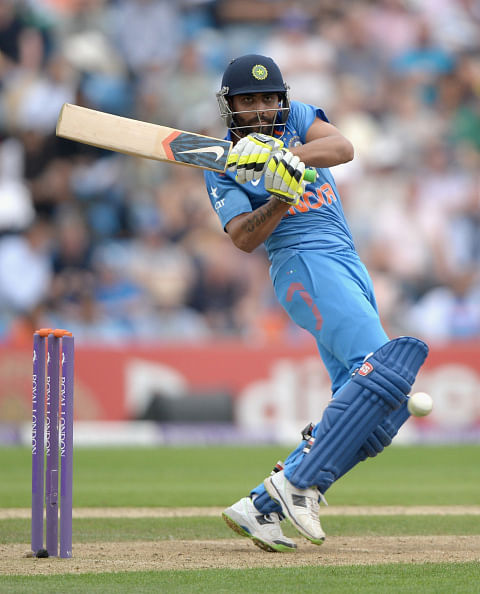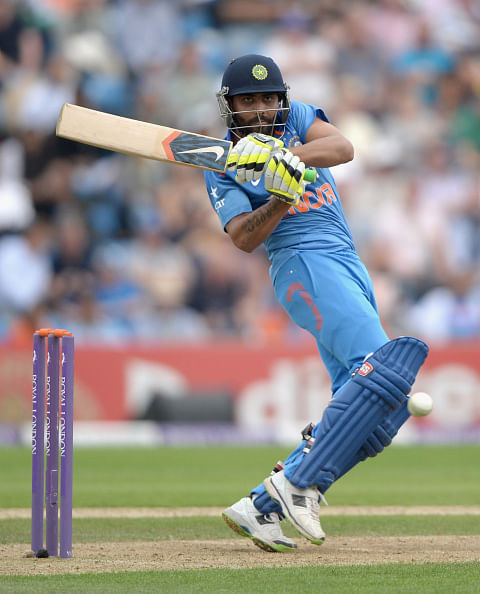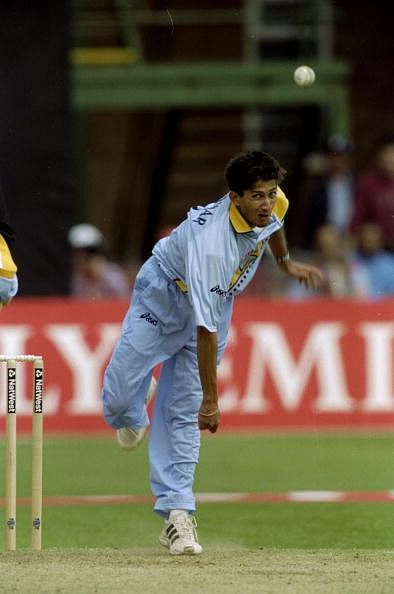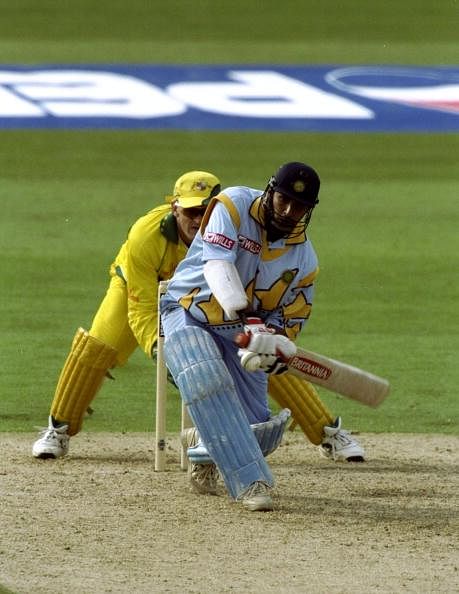
The futility of a utility player: India’s all-rounder conundrum

A meek surrender in the Test series was followed by an emphatic turnaround in the ODI leg as India looked to shift their sliding fortunes on English soil. While rejoicing like many other die-hard fans of the 50-over world champions I was still a little apprehensive, as well. Six months from now, the quadrennial showpiece of international cricket returns to Australia and New Zealand; therefore, the potpourri of strategies, team combinations, tactics and executions will require many essential ingredients.
One of them is the million (or trillion – inflation adjusted, by the way) dollar question: should we go for a batting all-rounder or a bowling one?
It’s nothing more than an exercise in futility, given the way the Five Wise Men are going with the search for that elusive player who can turn the game on its head with both bat and ball. The void left by the legendary Kapil Dev is simply too big to be filled, and the pretenders to his throne have either fallen by the wayside or shunted around in the menagerie we call the Great Indian Cricketing Circus. And so it has been for the last twenty years.
Let me break this down into three parts, with possible solutions for each. If anyone from the Indian squad reads this, it is just to give them some food for thought
Part One – Horses for Courses doesn’t always work
You normally pick a playing XI based on form, fitness, and pitch conditions. Assigning specialists to each task is the norm; hence, you have a bunch of batsmen who can get the runs you need, while bowlers pick up wickets and stem the tide forced by the opposition.
Now, all of this is just fine. But what if the willow wielders don’t fire? What happens when your specialist bowlers leak runs by the dozen? It’s lucky that we have a skipper in Mahendra Singh Dhoni who has bailed his side out of trouble more than once, but then he is just one man – with his own set of limitations.

This is where the utility player comes in. He forms a bridge between the middle and the lower order. His skills with the willow will become paramount in two conditions: when his side is struggling to put runs on the board, and if there is a need to accelerate in the dying overs. He can also play the grafter’s role in the first case.
Ajit Agarkar, the Pathan brothers, Sanjay Bangar, Robin Singh: they have all been exposed to these situations earlier, with varying degrees of success. Form has been a glaring factor in the constant circus they’ve been subjected to. Ravindra Jadeja has managed to fill the gap to some extent, while Stuart Binny hasn’t quite lived up to expectations; though, to be fair, he hasn’t had too many chances. Others like JP Yadav and Joginder Sharma have simply been discarded for myriad reasons.
The horses for courses policy doesn’t work when it comes to utility players. They are skilled at both batting and bowling. The obvious solution to this aspect is to make them aware of their role in different situations; had this been implemented, the likes of Agarkar and the Pathans could have had a longer run in international cricket.
